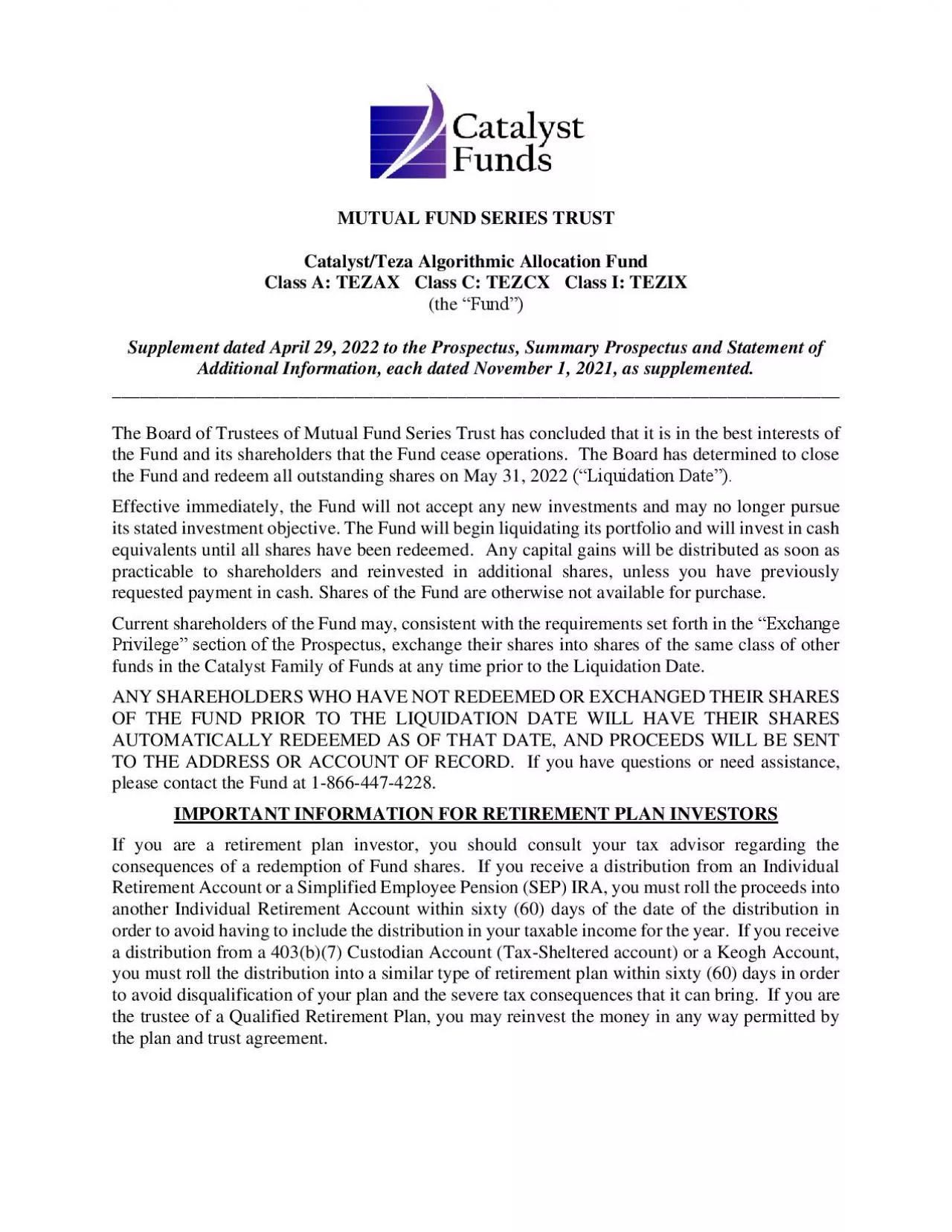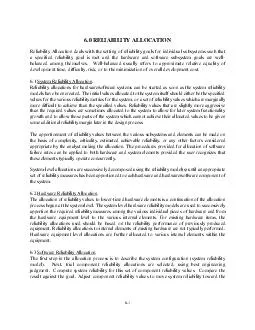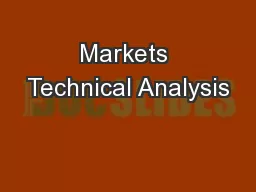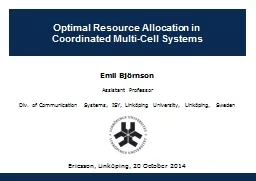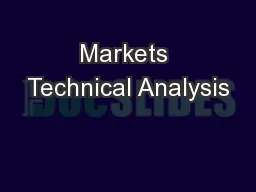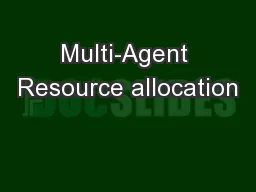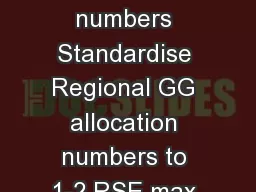PDF-Algorithmic Allocation Fund
Author : ethlyn | Published Date : 2021-08-31
CatalystTezaformerly CatalystTeza Algorithmic Allocation Income FundClass A TEZAX Class C TEZCX Class I TEZIXSUMMARY PROSPECTUSOCTOBER 1 2020Before you invest you
Presentation Embed Code
Download Presentation
Download Presentation The PPT/PDF document "Algorithmic Allocation Fund" is the property of its rightful owner. Permission is granted to download and print the materials on this website for personal, non-commercial use only, and to display it on your personal computer provided you do not modify the materials and that you retain all copyright notices contained in the materials. By downloading content from our website, you accept the terms of this agreement.
Algorithmic Allocation Fund: Transcript
Download Rules Of Document
"Algorithmic Allocation Fund"The content belongs to its owner. You may download and print it for personal use, without modification, and keep all copyright notices. By downloading, you agree to these terms.
Related Documents

